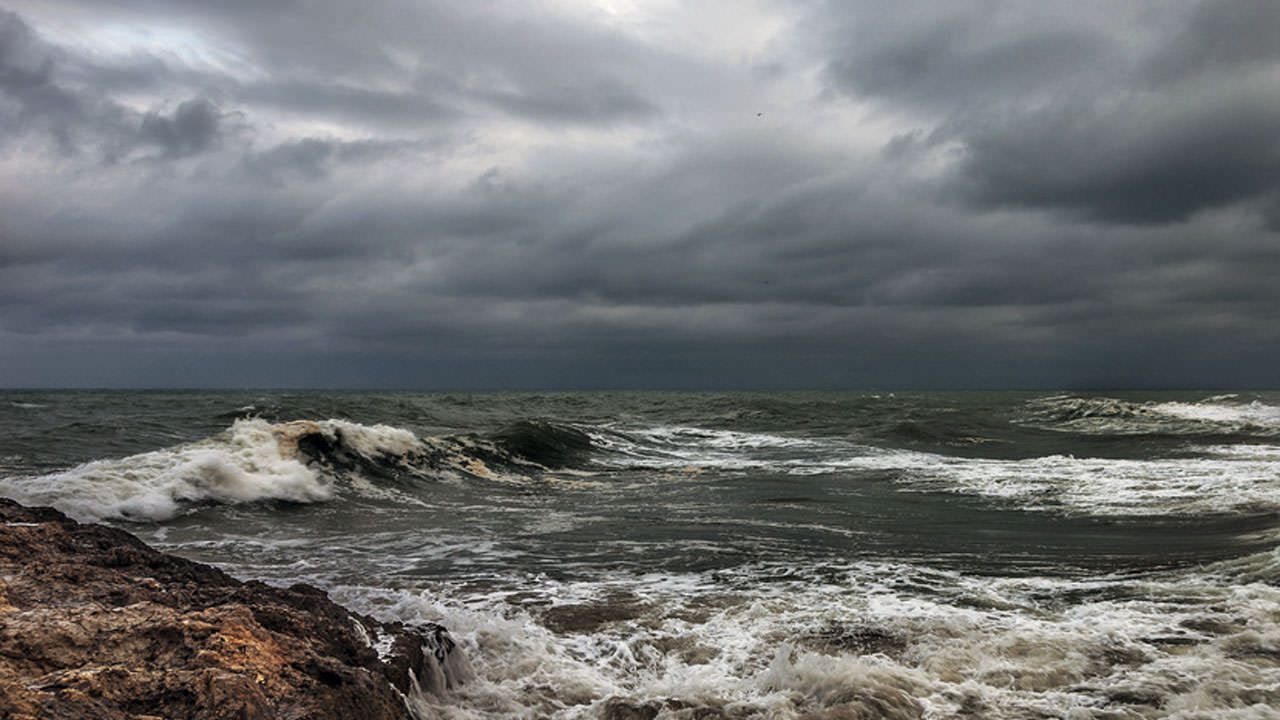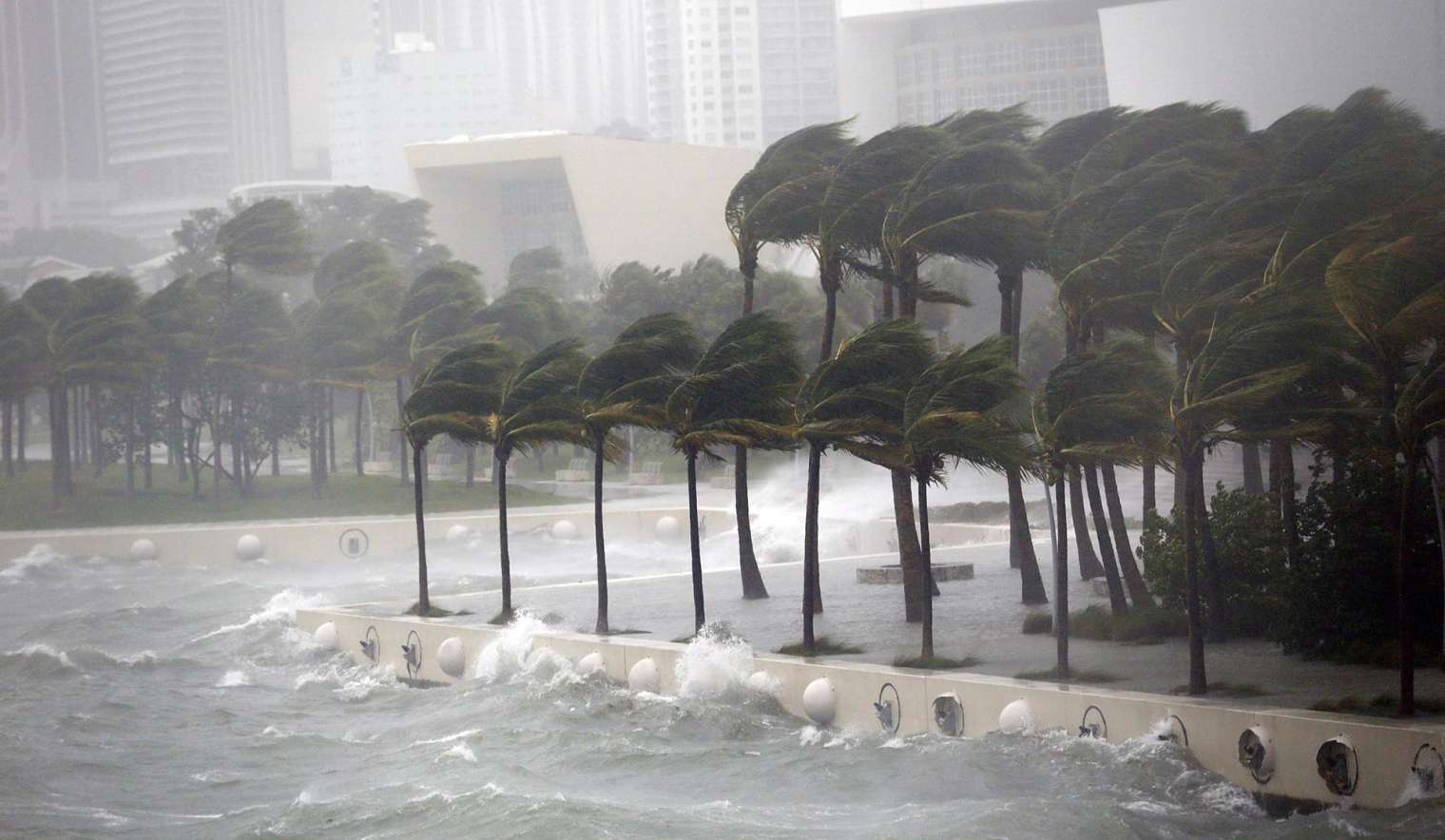El Boy and Girl are global climatic phenomena caused by climatic changes in the water temperature of the Pacific Ocean, we invite you to learn about the characteristics, the effects that each one has had and more information on this interesting topic through this article.

What is the phenomenon of the boy and the girl?
The terms El Niño and La Niña refer to periodic changes in Pacific Ocean sea surface temperatures that have impacts on climate around the world, in the Pacific Ocean near the equator, ocean surface temperatures they are normally very warm in the western Pacific and cool in the eastern Pacific.
This helps generate heavy rains in Southeast Asia and northern Australia and keeps parts of the Pacific coast of South America relatively dry, this "normal" pattern of Pacific sea surface temperatures is periodically disrupted. by El Boy and Girl, are natural climatic phenomena that occur approximately every 3 to 7 years.
Both El Niño and La Niña are opposite effects of the same phenomenon, both are an oscillation in temperatures between the atmosphere and the ocean of the eastern equatorial Pacific region, approximately between the international date line and 120 degrees west.
El Niño
El Niño, whose conditions accumulate between June and December, is caused by a change in wind patterns, at which time the constant Pacific winds do not replenish after la child stream With rain from Asia, this warmer air leads to an oscillation between cooler and warmer waters, leading to more tropical-than-normal ocean temperatures.
Seabed swellings occur in normal years bringing nutrients to the set of organisms to feed on, which this abundance is beneficial to marine life in the food chain, in an El Niño year, that swelling does not occur, so the marine organisms are reduced and in turn fish populations are reduced, mainly due to the lack of reproduction.
Features
The beginning of the El Niño system will be seen in the winter and typically include:
- Change of atmospheric pressures with consequences of rains.
- Wind patterns and sea surface temperatures can sometimes have a positive and sometimes a negative effect.
- Reduces cases of hurricanes in the Atlantic.
- They have mild winter temperatures over western Canada and the northwestern US.
- Above-average rainfall on the Gulf Coast.
- It presents a period of dry climate in the Pacific Northwest.
Effects
During El Niño episodes, sea area temperatures are well above normal in both the central and eastern tropical Pacific; in these same regions they become below normal during La Niña episodes. .
These variations in temperature are closely related to large fluctuations in climate observed around the world, once started, these anomalies can last an entire year or more.
The occurrence of an El Niño event at the ocean basin scale has an impact on expected climate regimes in many regions of the world. "These two manifestations of the same phenomenon alter the usual pattern of precipitation and atmospheric circulation in tropical latitudes and can have large-scale impacts on the climate in many regions of the world."
They have effects on almost all aspects of human life: new sources of disease, more or less abundant crops, Drought and floods, changes in the level of energy demand, hydroelectric production disturbances, fishing and animal migration, forest fires and economic consequences for fragile countries.
La niña
La Niña is effectively the opposite of El Niño, since this particular phenomenon is indicated by prolonged periods of sea temperature in the same region so that its effects are reversed.
During non-El Niño years, atmospheric pressure is lower than normal over the western Pacific area and higher over the cooler waters of the western Pacific, with La Niña, the winds are particularly strong carrying more water. warm westward across the Pacific, leading to cooler-than-average temperatures in the east and warmer-than-average temperatures in the west.
The result is that the pool of organisms increases in areas where the temperature is cooler, leading to a positive effect on marine life that depends on its organisms or depends on those creatures that depend on it.
La Niña is commonly expected to immediately follow an El Niño event, but this is not always the case, both typically occur every three to five years, but have ranged from two to seven years, both last between nine and twelve months.
Features
The most relevant characteristics of the La Niña phenomenon are:
- Stronger winds along the equatorial region, especially in the Pacific.
- Declining heat in the Pacific leading to a stream of stronger winds.
- Temperatures are well above average in the southeast and below average in the northwest.
- Conditions are more favorable for hurricanes in the Caribbean and the central Atlantic Area.
- Increased cases of tornadoes in those US states that are already vulnerable to them.
Effects
In general, during a La Niña event, precipitation intensifies west of the equatorial Pacific, over Indonesia and the Philippines, and is almost zero east of this equatorial zone.
La Temperature and Humidity it is above normal and is generally observed from December to February in northern South America and southern Africa and from June to August in southeastern Australia.
On the other hand, the conditions observed along the coasts of Ecuador, in northwestern Peru and in the equatorial region of East Africa are generally drier from December to February and in southern Brazil and the central part of Argentina, from June to August.
La Niña events also cause temperature anomalies over large areas of the world, with the most affected regions experiencing unusually cold conditions.
From December to February, temperatures are below normal in southeastern Africa, Japan, southern Alaska, western and central parts of Canada, and southeastern Brazil; from June to August, it is cooler than normal. normal in India and Southeast Asia.
Along the west coast of South America, in the Gulf of Guinea region, and in northern South America and parts of Central America, and from December to February, the heat is higher than normal in the North American states. Gulf of Mexico.


